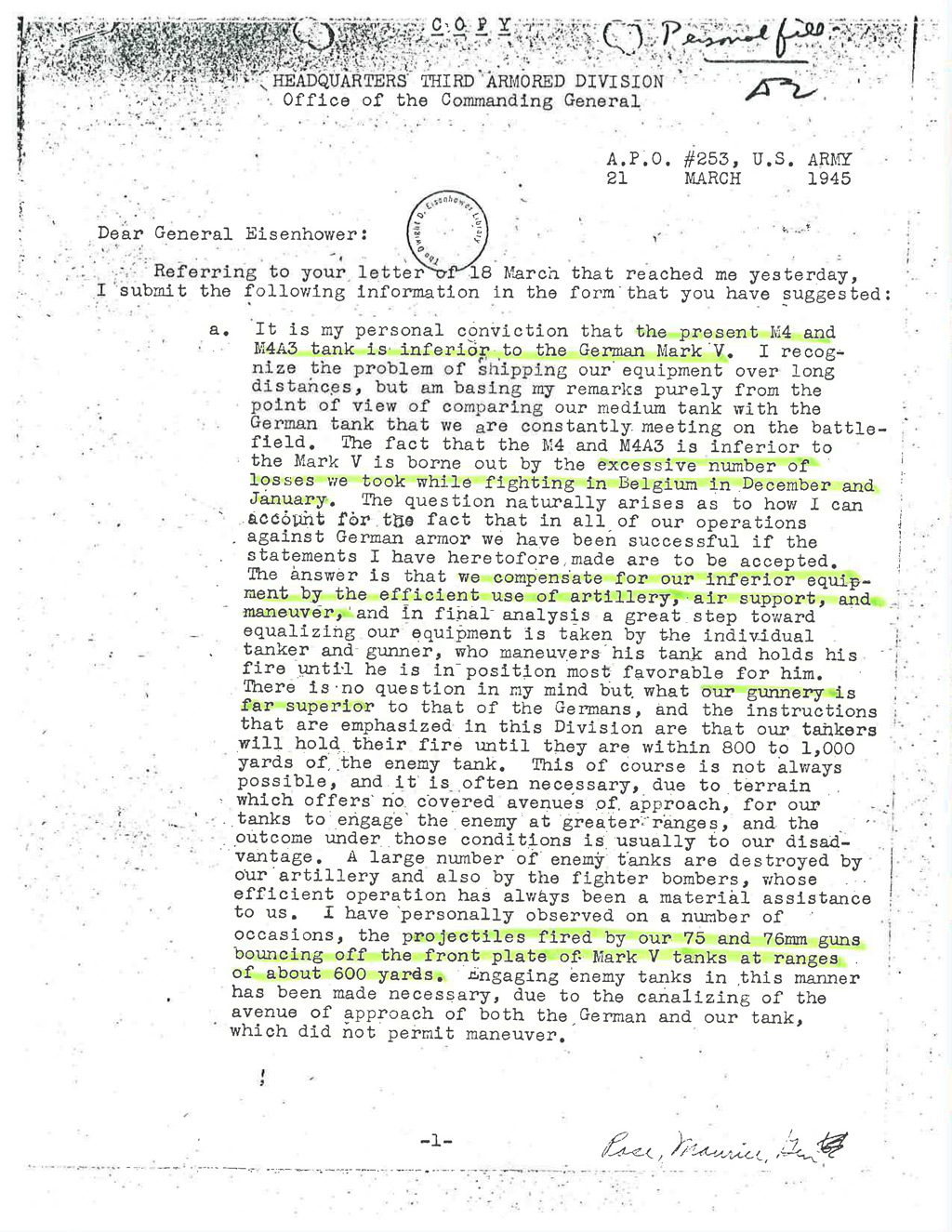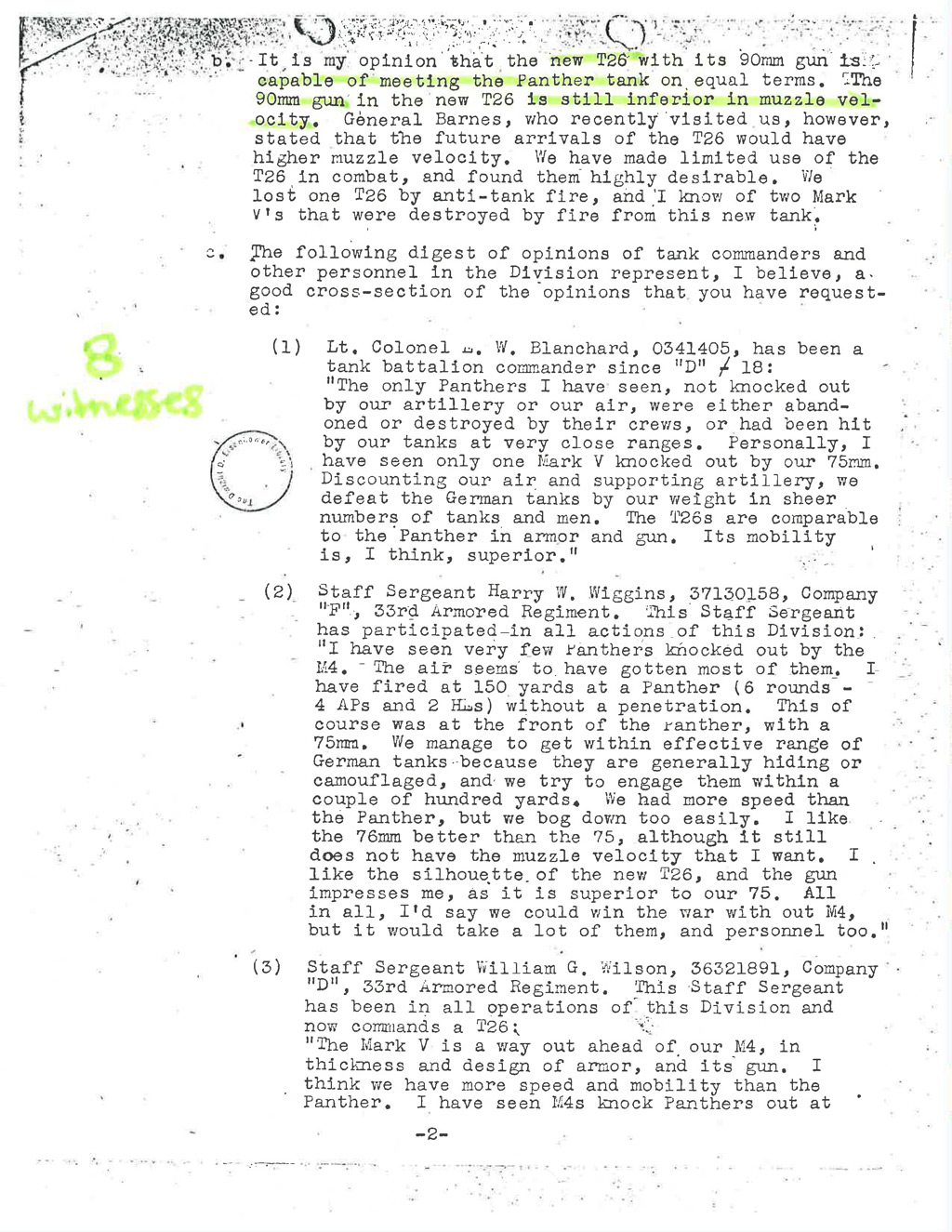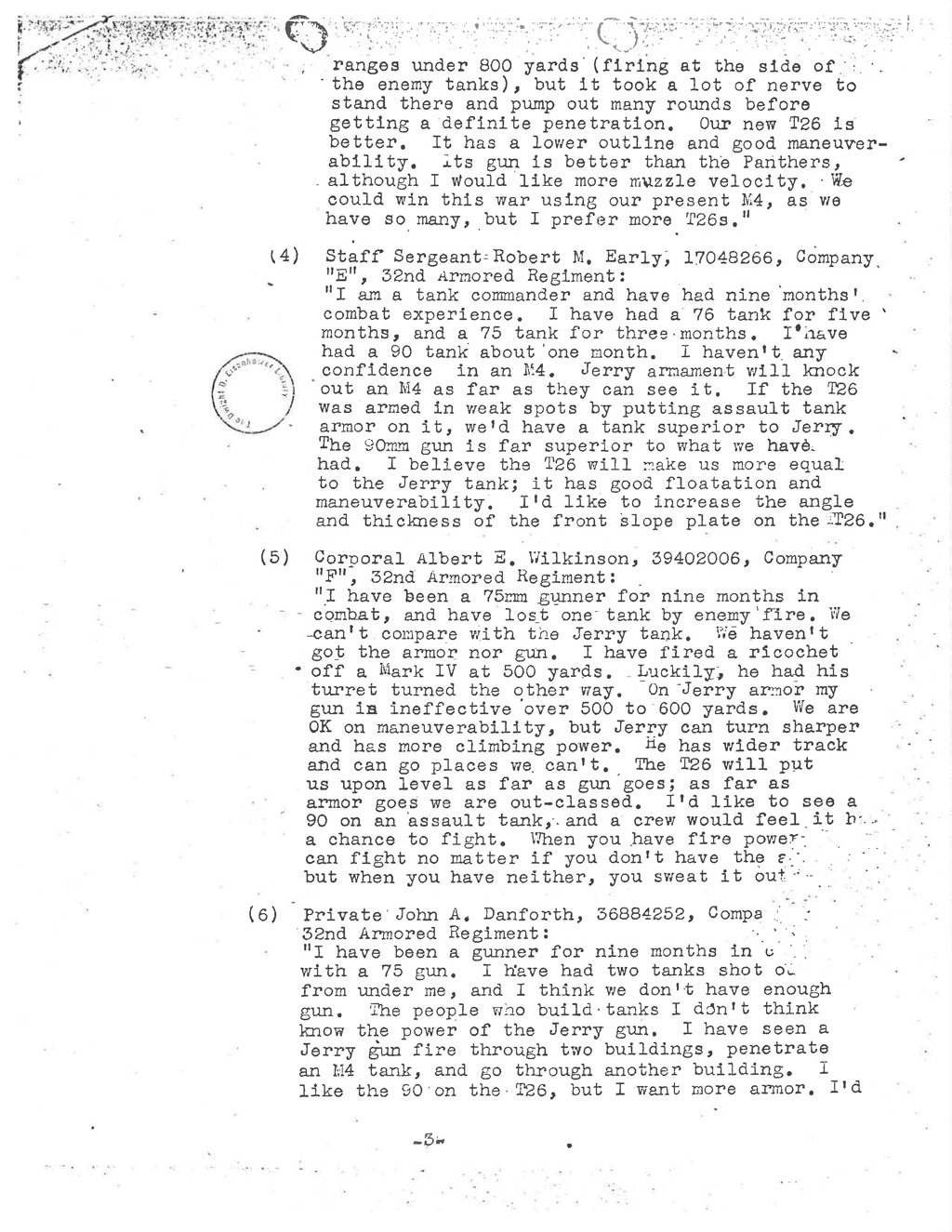I redescribed the info from @Sconna in a more presentable way.
I included this in my guide on steam you can find here -> http://steamcommunity.com/sharedfiles/filedetails/?id=1276910882 that consists of SD:44 stuff that not described in-game. And this promotion is shameless
===========================================================
Frontal penetration:
~20% chance - one-shot a vehicle
~20% chance - crit: severe malfunction; needs a repair.
~35% chance - crit: light malfunction; needs a repair.
~25% chance - crit: crew malfunction; repairs not needed.
Side penetration:
~30% chance - one-shot a vehicle
~30% chance - crit: severe malfunction; needs a repair.
~35% chance - crit: light malfunction; needs a repair.
~5% chance - crit: crew malfunction; repairs not needed.
Rear penetration:
~55% chance - one-shot a vehicle
~20% chance - crit: severe malfunction; needs a repair.
~25% chance - crit: light malfunction; needs a repair.
~0% chance - crit: crew malfunction; repairs not needed.
===========================================================
Frontal non-penetration:
~85% chance - bounce off a vehicle
~15% chance - crit: crew malfunction; repairs not needed.
Side non-penetration:
~65% chance - bounce off a vehicle
~10% chance - crit: light malfunction; needs a repair.
~10% chance - crit: light malfunction; repairs not needed.
~15% chance - crit: crew malfunction; repairs not needed.
Rear non-penetration:
~40% chance - bounce off a vehicle
~10% chance - crit: severe malfunction; needs a repair.
~20% chance - crit: light malfunction; needs a repair.
~20% chance - crit: light malfunction; repairs not needed.
~10% chance - crit: crew malfunction; repairs not needed.
===========================================================
Thank you, good work...and now to my opinion.
How is it possible that Eugen is satisfied with this solution? How!? This is utter crap! Why not make tanks rush forward in forrest at maximum speed guns blazing 360 degres with 10 accuracy as well? Oh, I forgot they are about to make that happen too in the near future...when the tanks are making their entré in the forrest I am out of this game, no way that they wil make that work realistic and balanced. When it finally was being quite balanced the Christmas Orchs came with the most worthless Christmas gift ever = "Santa Claw". FUBAR! My irritation how Eugen is handling the obvious community rage about this new crit system is raising!
20% to one shot? It is ridicilous to see a 75 or 76 mm AT-gun fire at a Half Track at 100 metres and there is a crit...the Half Track should be sent into orbit because of the muzzle punch alone at that distance!





